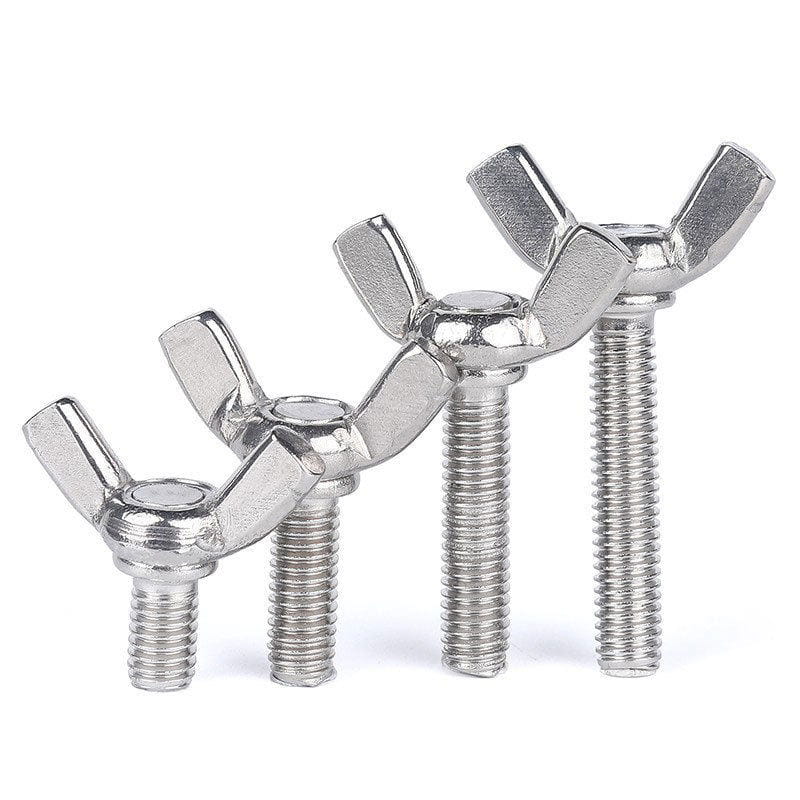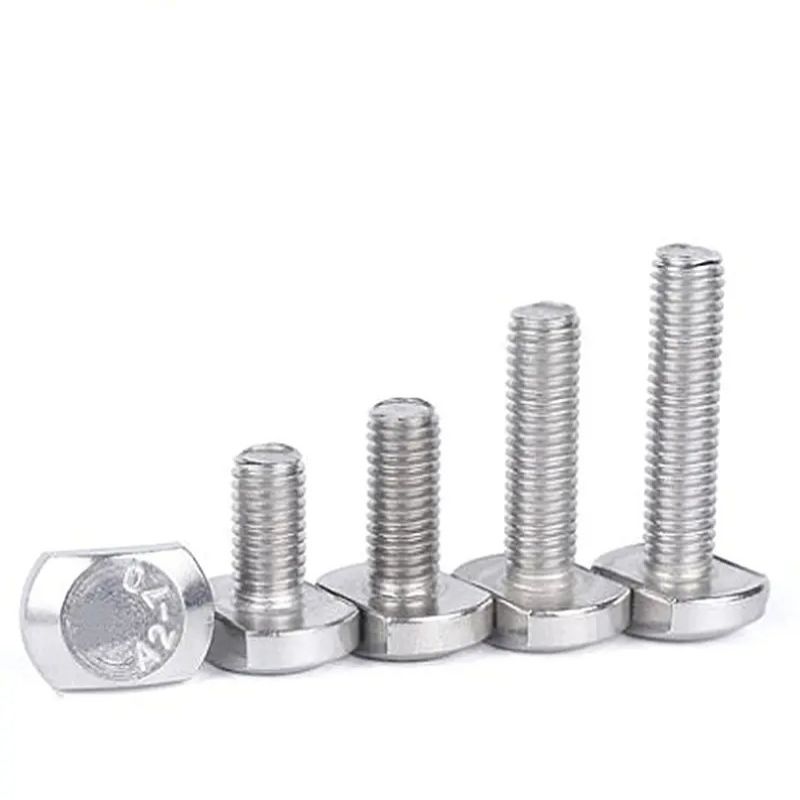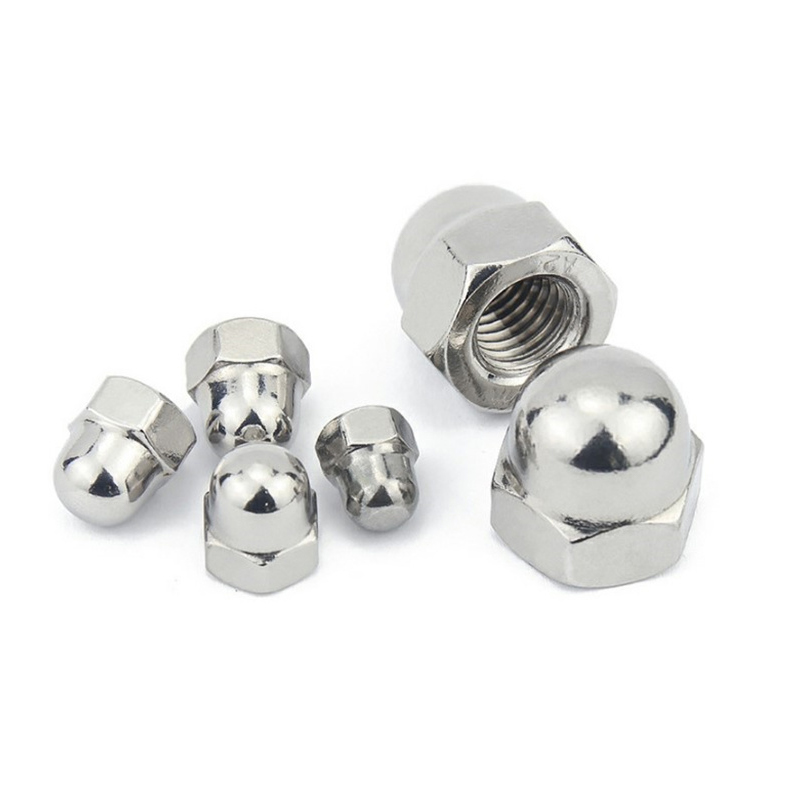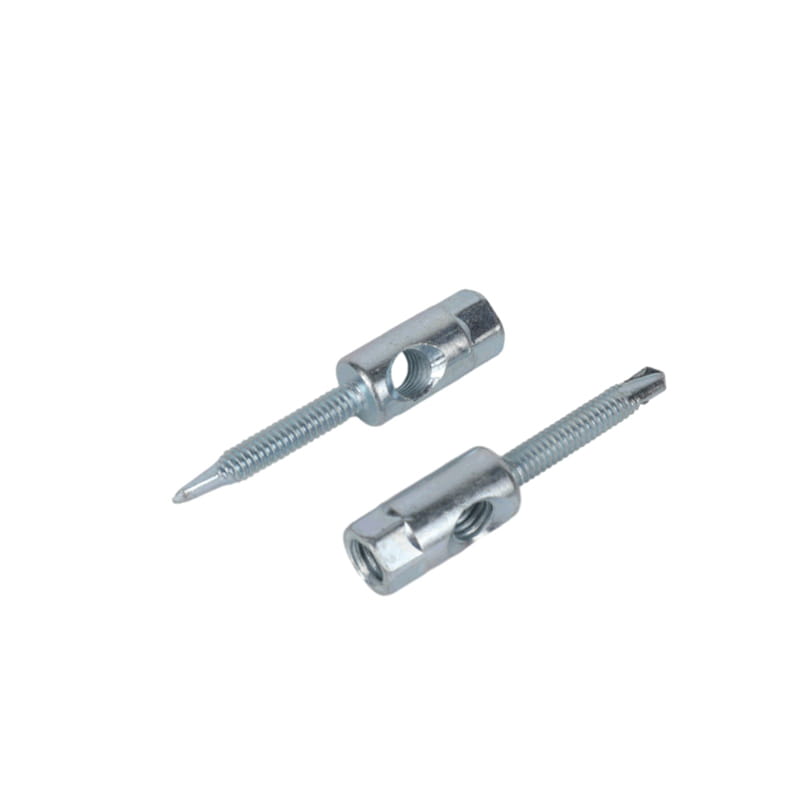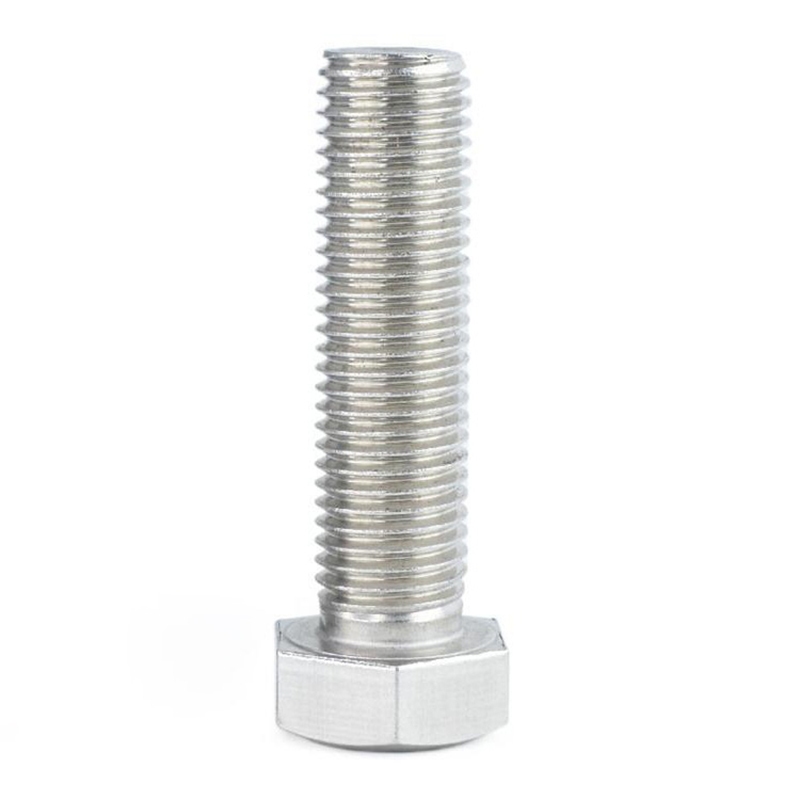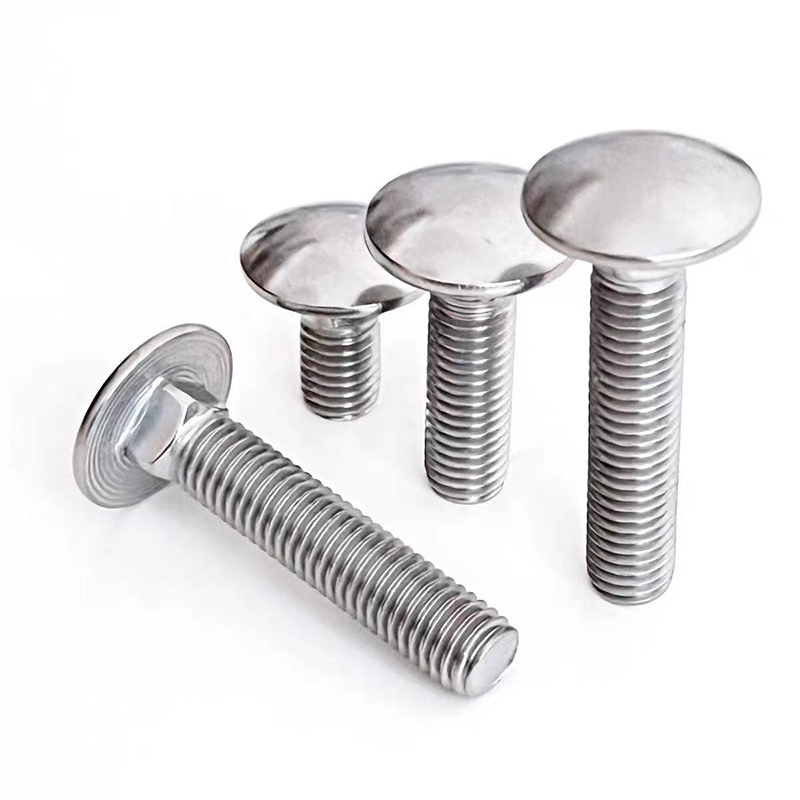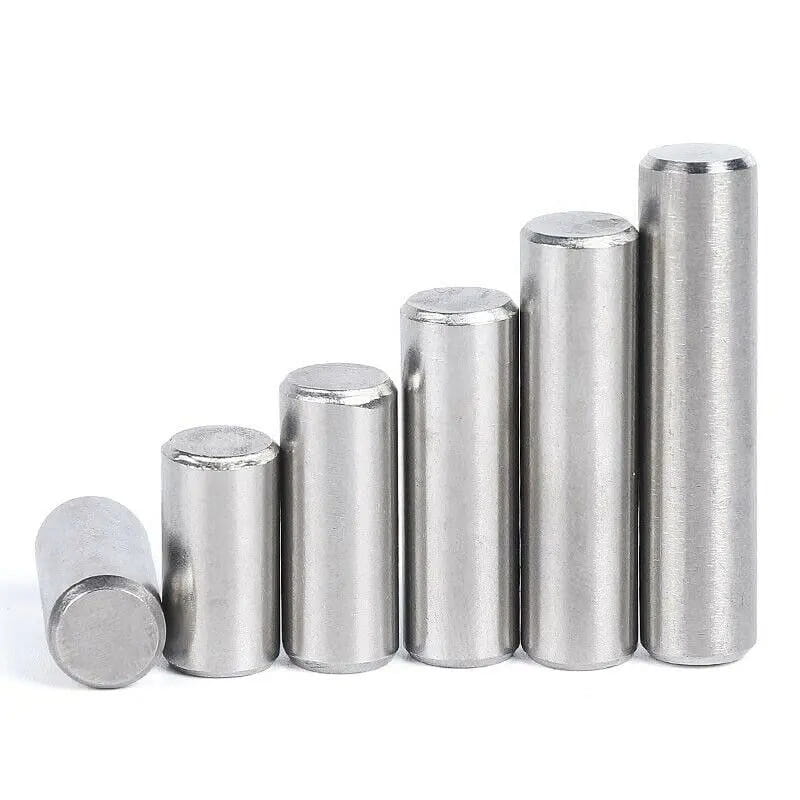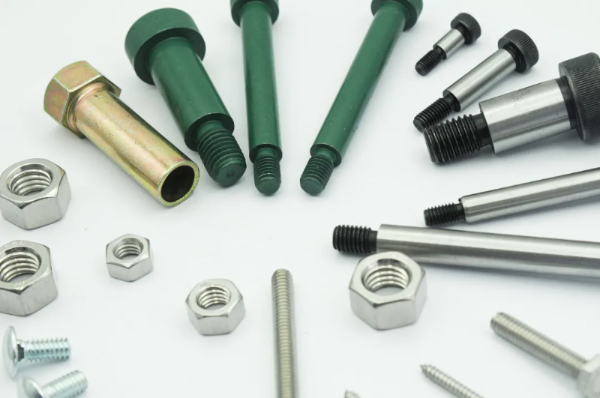
The Importance of Screws
Screws, as the core components for mechanical connection and fixation, if not handled properly during installation, disassembly and use, may not only lead to equipment failure, but also cause safety risks such as tool injury and component failure. The following is a detailed review of the key points of screw usage safety from four dimensions: selection safety, operation safety, maintenance safety, and safety in special scenarios, to help avoid potential risks.
The use and removal of screws are very crucial steps. The correct usage and disassembly methods not only ensure the safe operation of the equipment but also extend its service life. The following are some safety tips regarding the use and removal of screws
Selection safety: Avoid potential safety hazards from the source
Matching specifications and loads
1. Ensure that the nominal diameter, pitch, length, and head type (such as hex socket, cross groove) of the screw are exactly matched with the hole diameter and thickness of the connected parts to avoid "small screws carrying heavy loads" or "long screws piercing through components"
2. Select the strength grade based on the force application scenario: For instance, 4.8 grade low-carbon steel screws can be chosen for ordinary household equipment, while 8.8 grade or higher high-strength screws are required for industrial load-bearing components (the grade is marked on the screw head, with the higher the number, the higher the strength). It is strictly prohibited to replace high-strength screws with low-strength ones (such as using furniture screws to fix mechanical transmission components).
Compatible material, resistant to environmental corrosion
1. For damp, acidic or alkaline environments (such as kitchens, outdoors, and chemical equipment), corrosion-resistant materials should be selected, such as 304/316 stainless steel screws and galvanized screws. If ordinary carbon steel screws are used, the connection is prone to loosening due to rust, and even component breakage.
2. Avoid direct contact between different metal materials (such as copper screws and iron components) to prevent electrochemical corrosion from accelerating screw failure
Confirm the "anti-loosening design", corresponding to the vibration scenario:
1. When used in equipment with frequent vibration such as motors, water pumps, and transportation vehicles, anti-loosening screws (such as those with anti-loosening washers, nylon lock screws, and double nuts) must be selected, or auxiliary anti-loosening measures such as applying anti-loosening glue or spot welding should be adopted to prevent the screws from loosening on their own during vibration and causing accidents (such as the loosening of fan blade screws causing high-speed rotating parts to be eels out).
Operational safety Standardize tools and processes to prevent personal injury
Install the adaptation tool
1. Cross slot screws, corresponding specifications of cross screwdrivers
2. Hex socket screws, hex socket wrenches of the same size
3. Hexagon socket screws, open-end wrenches, box wrenches

Pretreatment (cleaning, lubrication, resistance reduction) :
1. Before disassembling rusty or long-unused screws, spray rust remover (such as WD-40) first and wait for 5 to 10 minutes for it to penetrate. Avoid forcing the screws to break (if they break inside the component, it will be more difficult to handle).
2. When installing new screws, if the threads are tight, a small amount of grease (such as vaseline) can be applied. However, it should be noted that the screws of electrical equipment terminal posts must not be oiled to prevent poor contact.
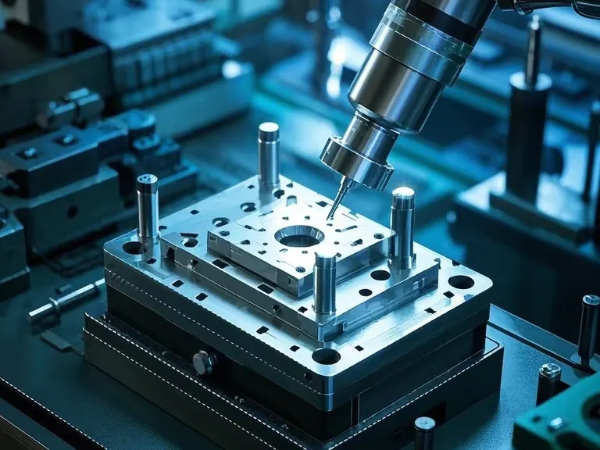
Apply force (align vertically and avoid applying force at an Angle) :
1. The tool must be in perfect contact with the screw head and kept vertical. It is strictly forbidden to apply force at an Angle (such as using a screwdriver to "twist at an Angle"), otherwise it may cause "thread slippage" or tool slippage, and the hand may hit sharp parts
2. When turning, apply force evenly. Avoid sudden force application or stepping on or hitting the tool with a hammer to prevent the screw from overloading and breaking, or the tool from being damaged and popping out to hurt people
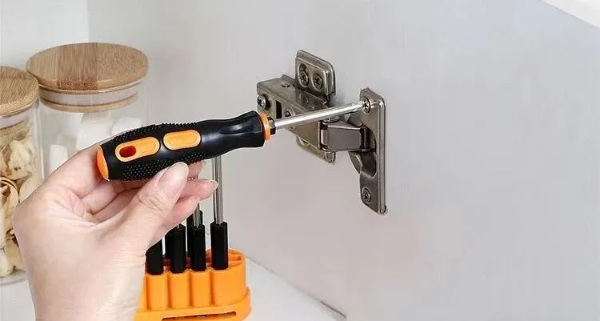
Taboos (Do not do, over-operate) :
1. Do not directly strike the screw head with a hammer (unless it is a specially designed "strike screw"). The head of an ordinary screw is fragile and striking it can easily cause deformation
2. It is strictly prohibited to "stack tools" on screws (such as extending the lever arm by inserting a steel pipe over the end of a wrench), as this may exceed the torque limit of the screw, leading to thread breakage or component cracking (especially for brittle material components like plastic and aluminum alloy).
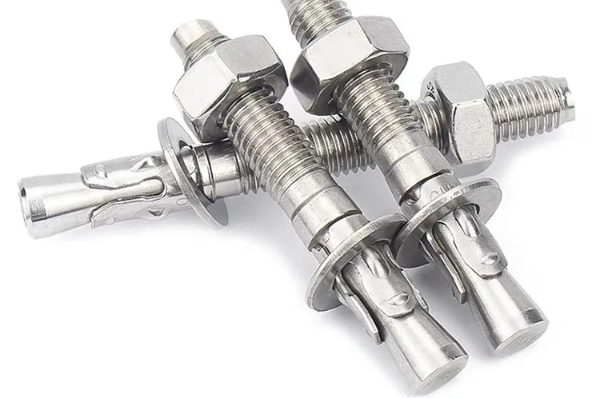
Maintain safety: Regular inspections and timely replacement of "hidden danger screws"
The safety of screws is not only crucial during installation but also during long-term maintenance. Special attention should be paid to the following scenarios
High-frequency inspection: The screws in these parts must be checked regularly
Load-bearing components: such as the fixing screws of furniture legs, ladder treads, and shelf shelves, should be inspected every 3 to 6 months. If any looseness is found, tighten them immediately. If the screws are deformed or stripped, replace them directly (do not "make do with them").
Moving parts: such as screws for door and window hinges and drawer slides, to prevent parts from falling off due to loosening (for example, if a cabinet door suddenly drops and hits your foot)
Electrical equipment: Screws in plugs, sockets and junction boxes, if loose, may cause poor contact, overheating and fire. Power off and check. When tightening, apply moderate force (excessive tightening may crush the insulation layer of the wire).
Scrapping standard: If these problems occur, the screws must be replaced
Thread damage: such as thread deformation, missing threads, or obvious "jamming" or "loose tightening" when screwed in (unable to fit closely)
Head injury: such as deformation of the cross groove/inner hexagon hole, rounding of the outer hexagon edge, which cannot be disassembled next time
Material failure: For instance, if a screw is severely rusted (the thread has been rusted through) or has cracks (making an "abnormal noise" when shaken by hand), even if it can be temporarily fixed, it may suddenly break
Safety in special scenarios
Targeted risk avoidance
Electrical equipment: Anti-electric shock + anti-poor contact
1. Before operating the screws of electrical equipment (such as distribution boxes, motor terminal blocks), it is necessary to cut off the power and test the electricity (use a voltage tester to confirm that there is no electricity). It is strictly forbidden to tighten the screws while the power is on
2. The screws of the terminal blocks should be "tightened but not completely" : Over-tightening may break the copper core of the wire, resulting in increased contact resistance, overheating and fire. If it is tightened too loosely, the wire will have poor contact, which will also cause heat and even sparks
High/low temperature environment: Choosing the right material is the key
1. High-temperature scenarios (such as near ovens and water heaters) : Ordinary screws are prone to oxidation and failure due to high temperatures. High-temperature resistant screws (such as 310S stainless steel and high-temperature alloy screws) should be selected
2. Low-temperature scenarios (such as outdoor sub-zero environments) : Plastic screws may become brittle and break. Low-temperature resistant nylon screws or stainless steel screws should be selected. At the same time, avoid long-term exposure of screws to rain and snow (clear accumulated snow and water in time).
Children's contact scenarios: Prevent accidental ingestion of "small screws"
1. Screws for children's toys, cribs and other items must be of "anti-drop design" (such as screws with anti-loosening washers), and after installation, check for any loose or fallen small screws (children may accidentally swallow them, posing a risk of suffocation).
2. If the base screws of household appliances (such as electric fans and table lamps) are loose, they should be tightened in time and decorative covers should be added to prevent children from twisting them out of curiosity and causing the parts to fall off
Conclusion
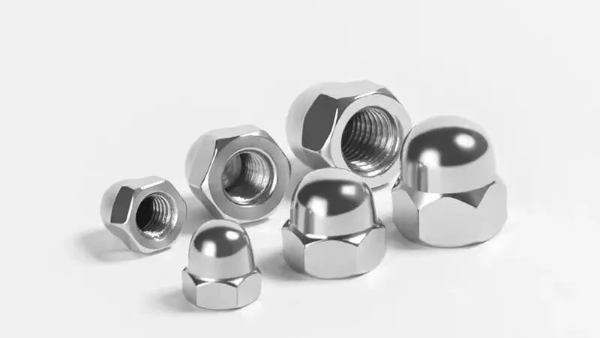
The core of screw safety - "No forced labor, no brute force"
Although screws are small, they are the "crucial link" for safety. Whether it is selection, operation or maintenance, the core principle is: do not use screws that do not meet the requirements, do not adopt the wrong tools and actions, and do not ignore minor looseness or damage. Only by developing the habit of standardized operation can we fundamentally avoid the safety risks caused by screws.


